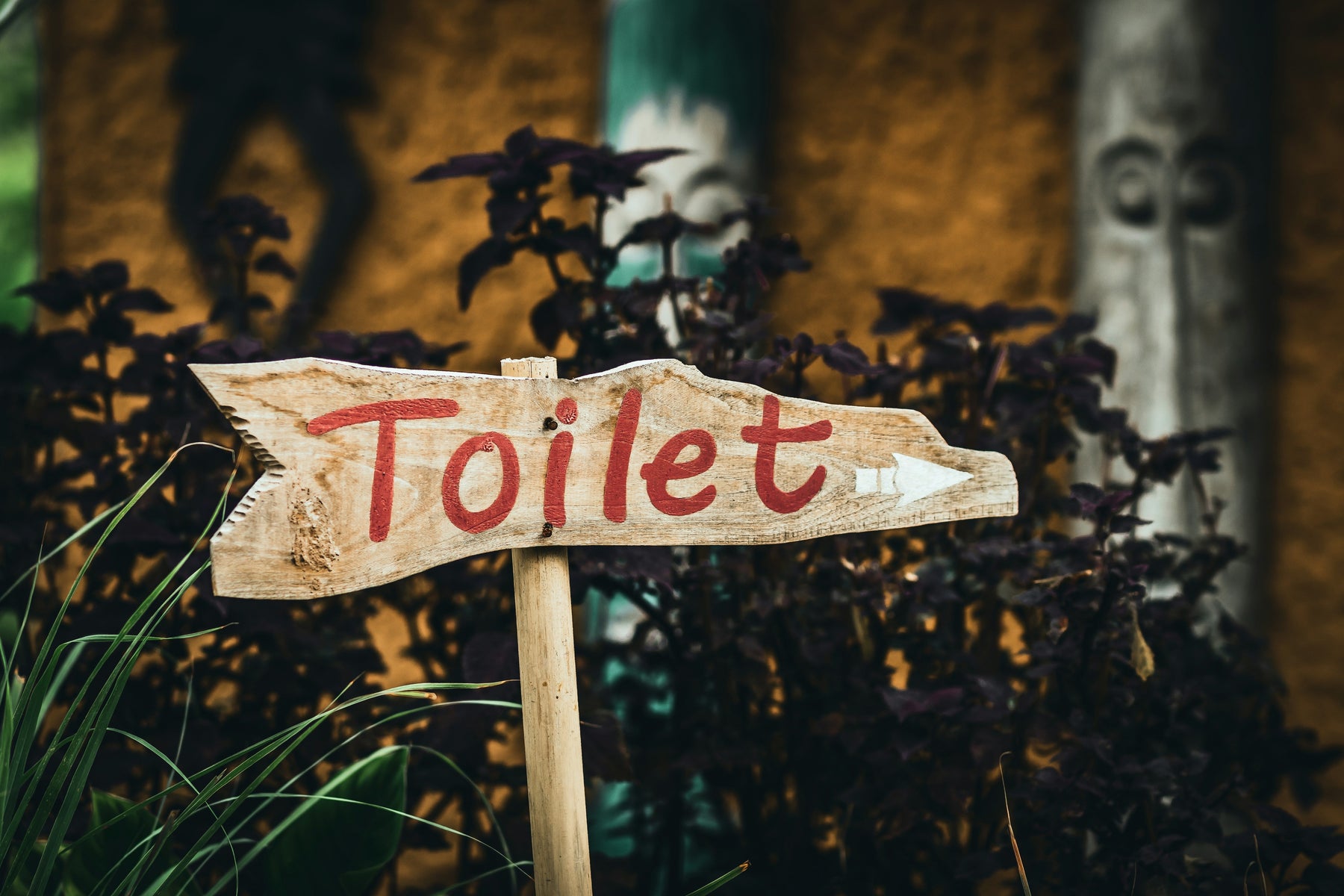
Helping Your Child with Incontinence - A Guide for Parents of Children with Autism or SPD
Incontinence, whether related to autism or sensory processing disorder (SPD), is a common yet often unspoken challenge. Many families struggle with toilet training in children with autism or SPD, and it can be a deeply emotional and exhausting journey.
If you're reading this, chances are you could be in the thick of something that's messy – both literally and emotionally. Maybe you're exhausted from cleaning up accidents. Maybe your heart breaks a little every time your child has an accident, or you dread leaving the house because you're not sure if there will be a bathroom your child will use. You might feel completely bewildered from one step forward and two back. If that sounds familiar, please know that you are not alone.
Incontinence is something so many families quietly deal with, especially when a child is autistic or has sensory processing disorder (SPD). It’s not something people talk about often, and yet, it’s a daily reality for many of us. This blog is here to offer support, practical ideas, and maybe just a bit of hope from one parent to another.
Why Incontinence is Common in Children with Autism and SPD
Incontinence in children with autism or SPD isn’t simply about potty training delays. There are underlying factors that contribute to these challenges, including sensory overload, interoception difficulties, and communication differences.
Sensory Overload and Interoception Challenges
Children with autism or SPD may find the bathroom environment overwhelming due to sensory sensitivities. They may struggle with interoception, which is the ability to recognize internal bodily signals, such as the need to urinate.
Routine Rigidity and Communication Differences
For many children with autism and SPD, routine is key. Transitioning from diapers to the toilet can be a difficult change. Additionally, some children may have difficulty expressing their need to go to the bathroom, which complicates potty training.
Gentle Strategies for Toilet Training and Managing Incontinence
There’s no one-size-fits-all solution, but the following strategies have helped many families:
-
Start Where Your Child Is
Focus on where your child is in their journey and not where you think they should be. -
Make the Bathroom a Calm and Safe Place
Introduce calming elements like soft lighting, familiar toys, and sensory-friendly bathroom features to help reduce anxiety. -
Think About Clothing and Comfort
Choose comfortable clothing, such as soft, pull-down pants or seamless underwear, to make bathroom visits easier. -
Use Positive Encouragement
Celebrate each small step with positive reinforcement without putting pressure on your child. -
Create a Predictable Toileting Schedule
Children with autism and SPD often thrive on routine. Regular bathroom breaks, combined with a visual schedule, can help improve toilet training. -
Check Diet and Gut Health
Sometimes incontinence is linked to constipation or gut sensitivities common in children with autism.
When to Get Extra Help
If incontinence persists or your child experiences extreme distress about toileting, consider seeking professional help from your GP, occupational therapist, or a specialist continence nurse.
A Word About Shame (For You and Them)
Incontinence can be tough on both your child and you, but shame has no place in the process. Children aren’t being defiant, they’re simply navigating a complex journey. Be kind to them and yourself.
You’re Not Alone – And Progress Is Possible
Incontinence isn’t the end of the road—every dry day and every attempt at using the bathroom is progress. Patience and love will lay the foundation for eventual success, even if it takes time.


Leave a comment